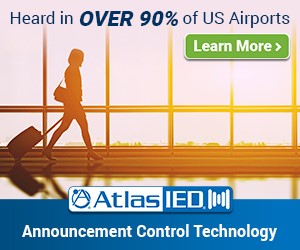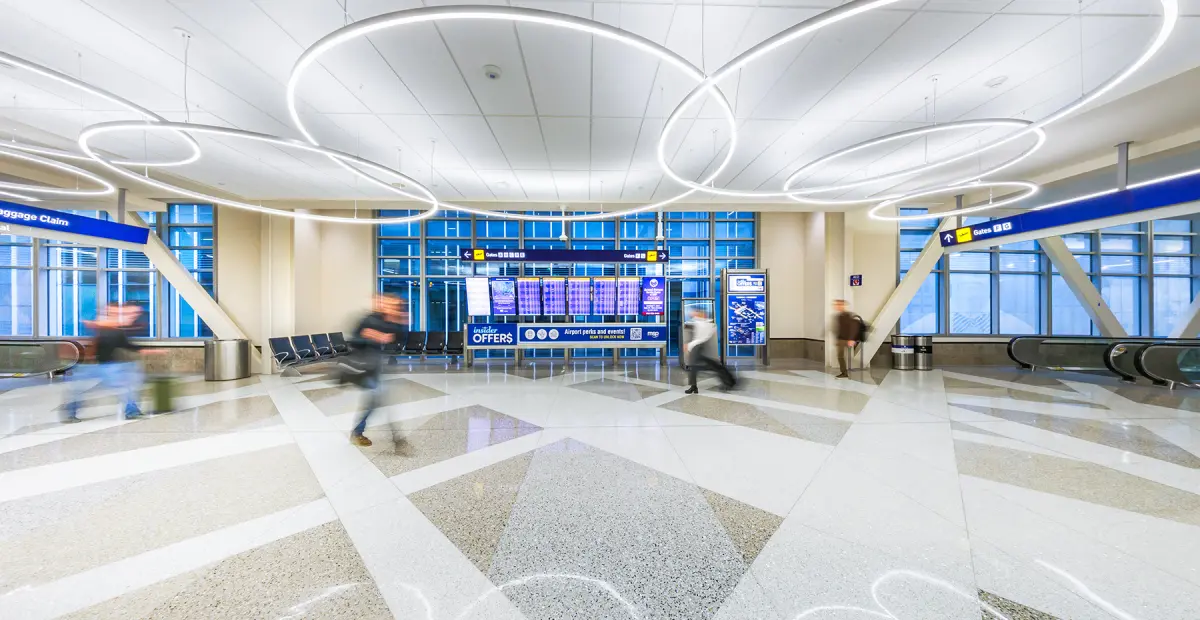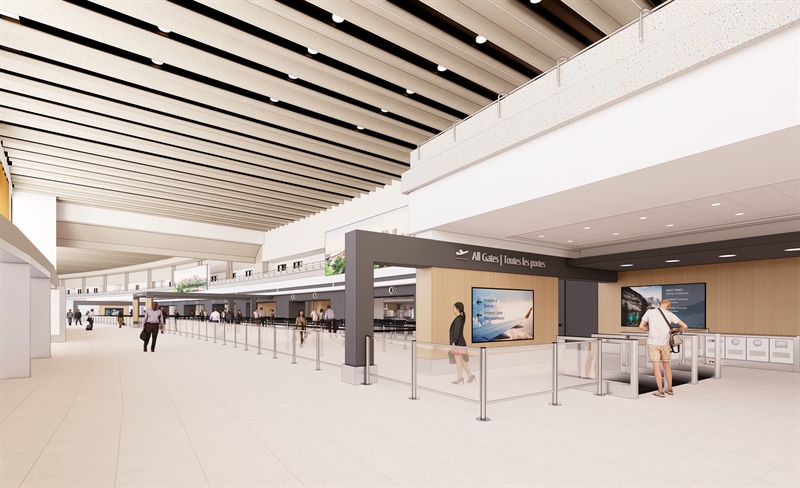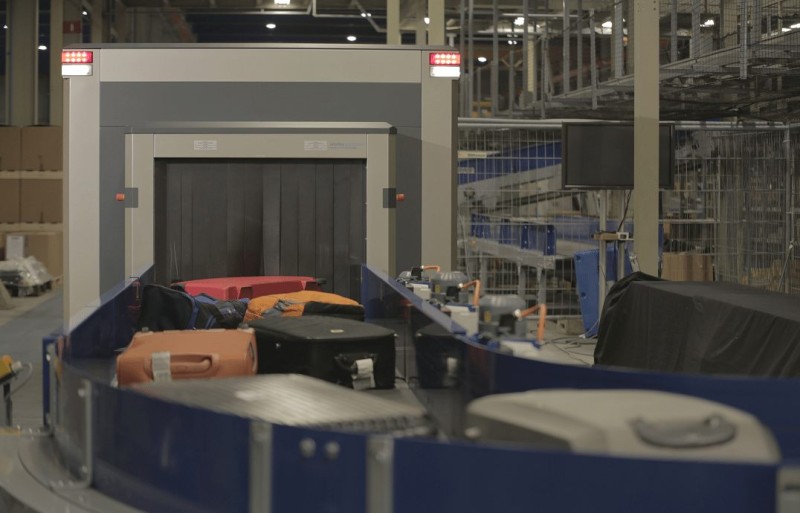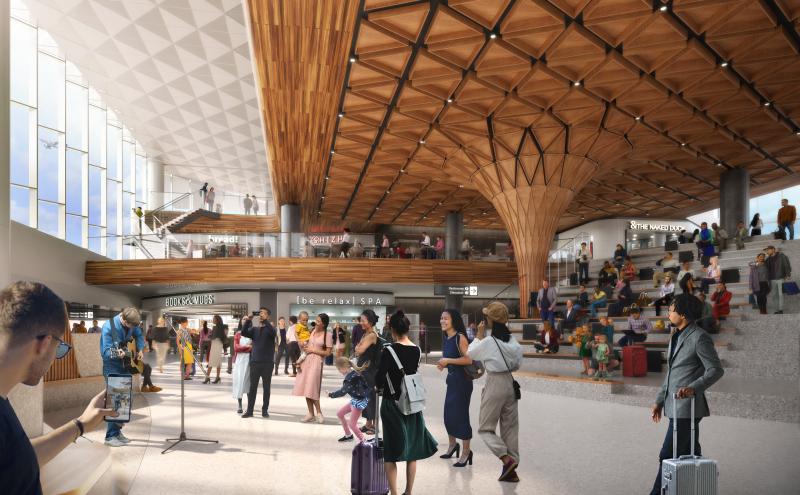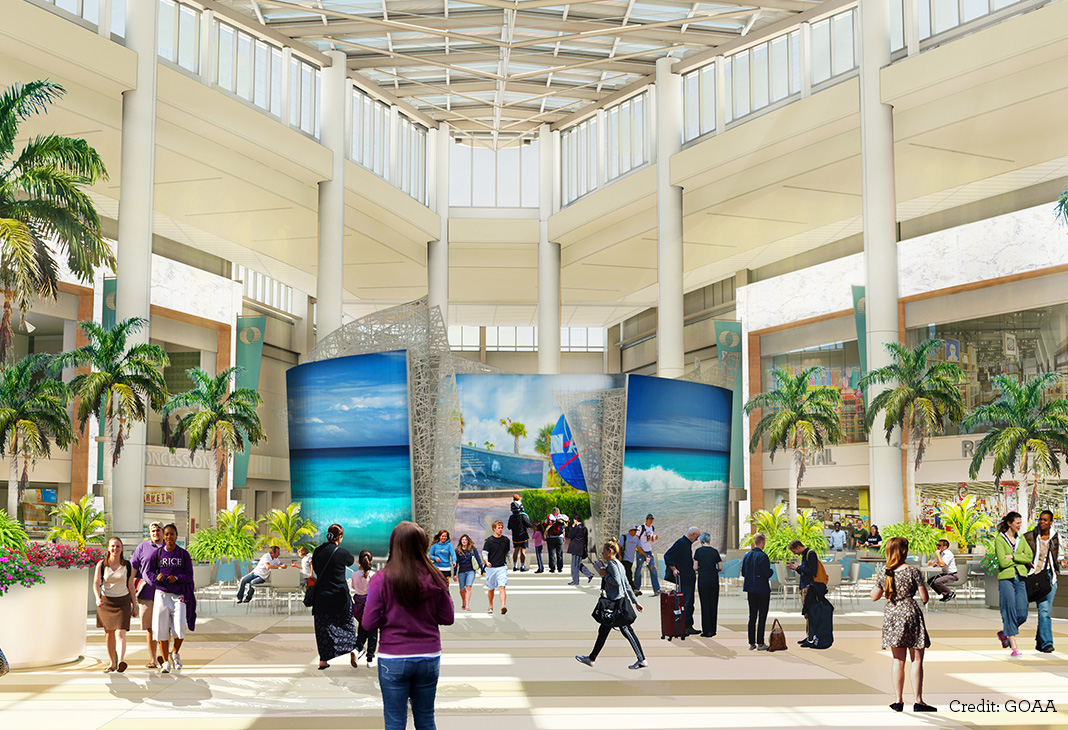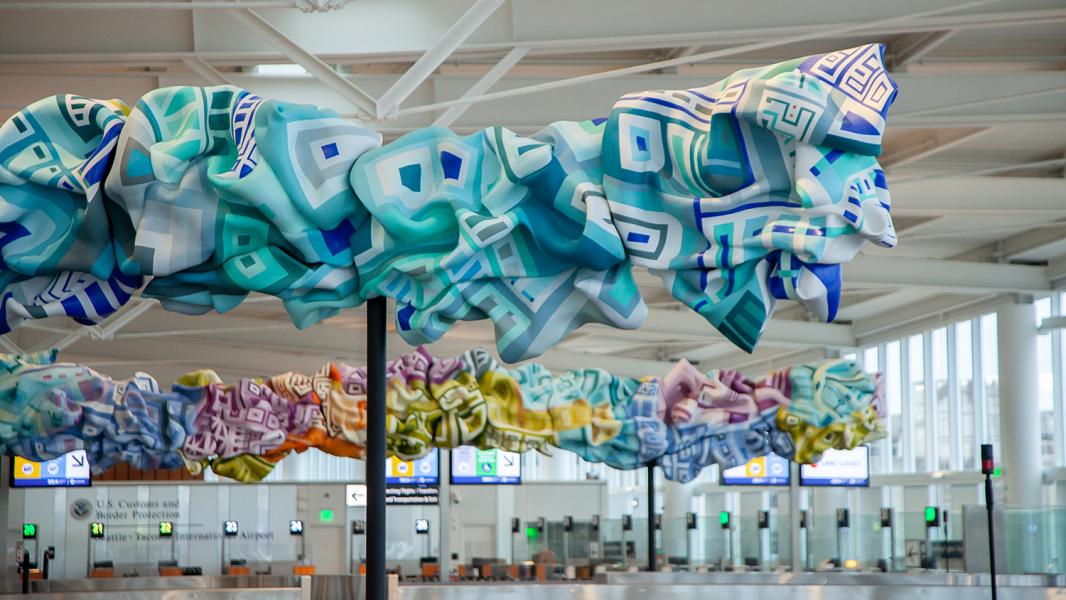The Transportation Security Administration (TSA) has introduced new facial recognition technology at Los Angeles International Airport (LAX) to identify passengers at security checkpoints.
Guests entering TSA screening areas at LAX may now be asked to insert their photo ID into a ‘credential authentication technology’ (CAT) unit, which is fitted with a camera to capture their photo. The CAT then compares the passenger’s facial features on their photo ID with their in-person photo to confirm their identity.
Once the technology confirms an identity match, the check will be verified by a TSA officer and the passenger can proceed through the checkpoint without exchanging physical documents. TSA officers can perform additional passenger verification checks if needed.
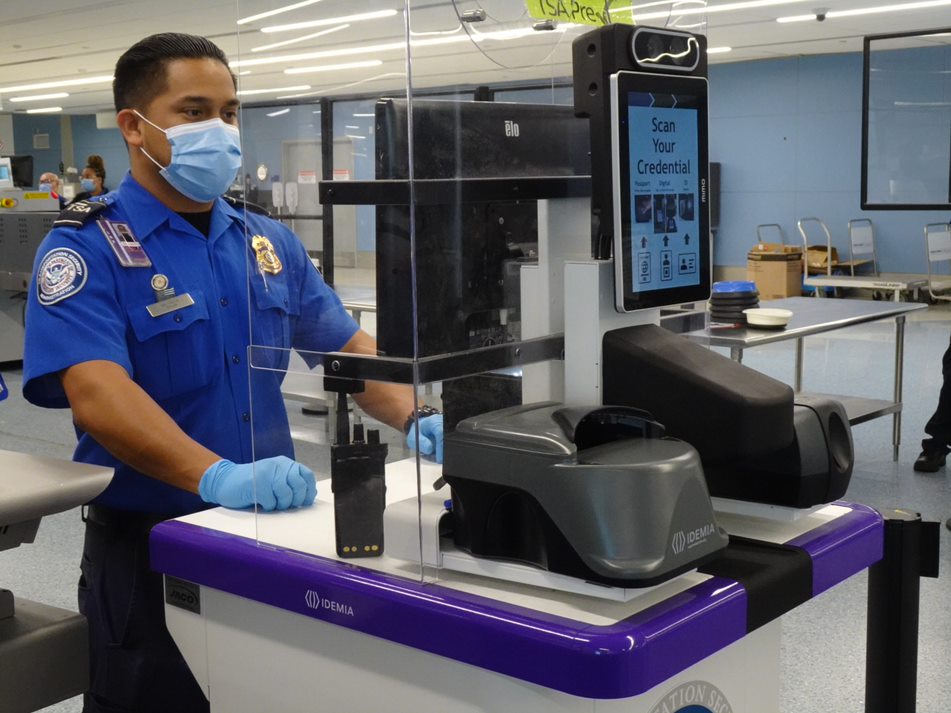
Keith Jeffries, TSA Federal Security Director at LAX, said:TSA is focused on the future of screening operations and leveraging enhanced capabilities of existing technologies to ensure the highest level of security effectiveness. With increased automation and reduced physical contact between travelers and TSA officers, this new identity verification process is a win for everyone. I am grateful for the leadership at LAX and their willingness to enthusiastically embrace the next generation of technologies throughout the airport.
TSA is operating the CAT units throughout LAX terminals to collect data on the rate and accuracy of their facial recognition and identity verification capabilities within busy security checkpoints. The results of this trial will help determine the feasibility and potential deployment of the enhanced CAT units within other airports.
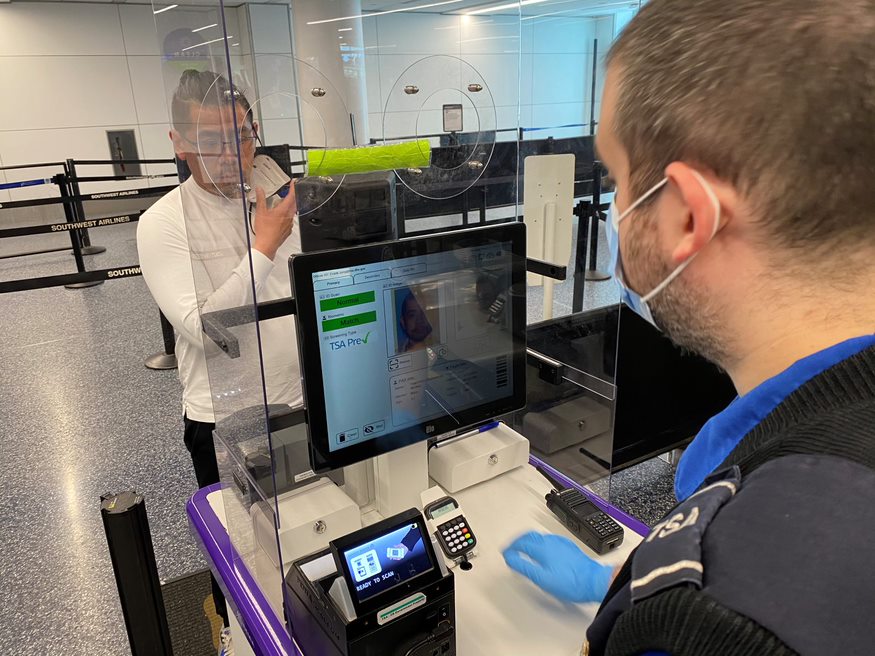
Justin Erbacci, Chief Executive Officer, LAWA, said:As a longtime TSA innovation partner, LAX has led the way in developing, testing and implementing new technology and procedures which enhance safety and streamline the guest experience. By testing the latest in biometrics, we once again are setting new industry standards for safety, security and efficiency.
The CAT units aim to improve the TSA’s ability and efficiency in authenticating passengers’ photo identification, while also identifying inconsistencies associated with fraudulent travel documents.


